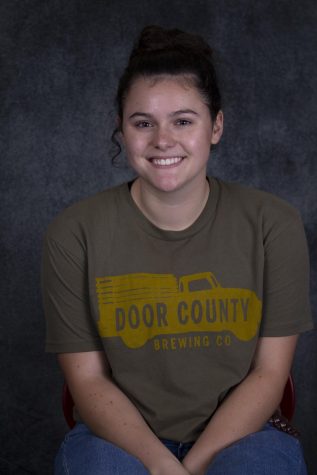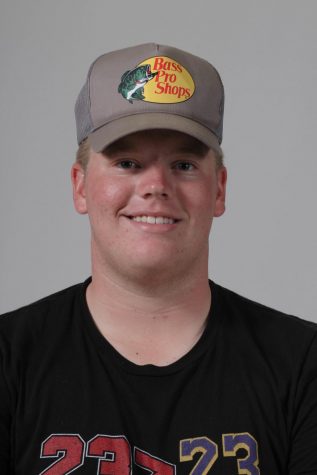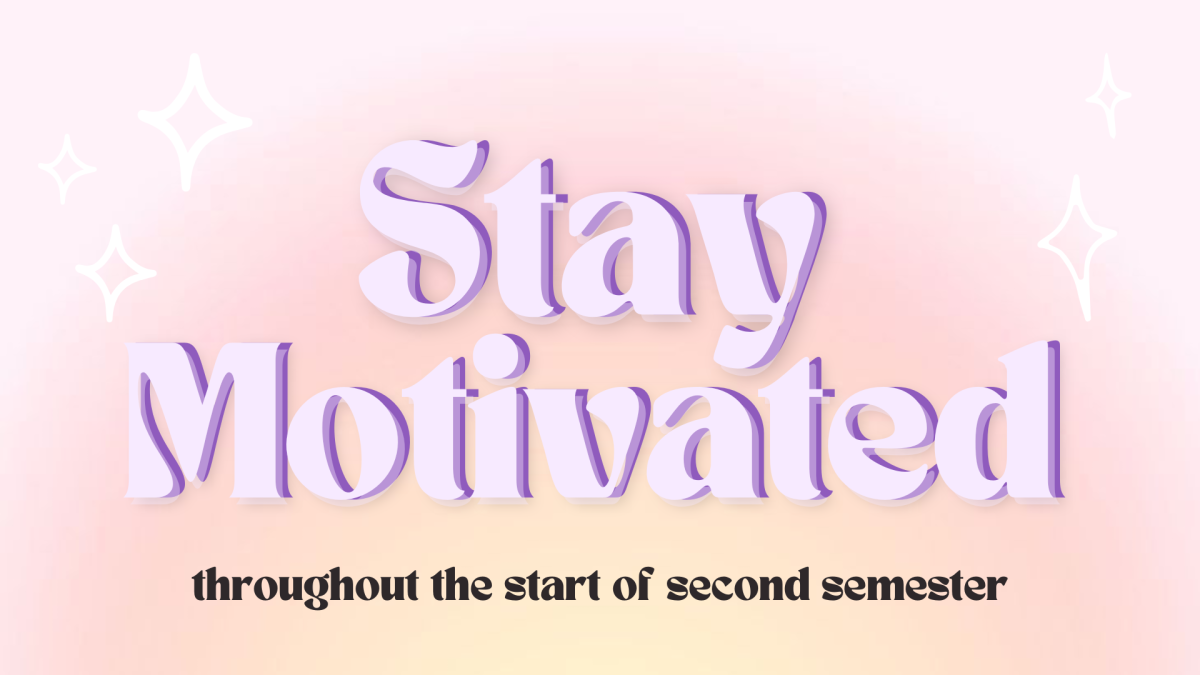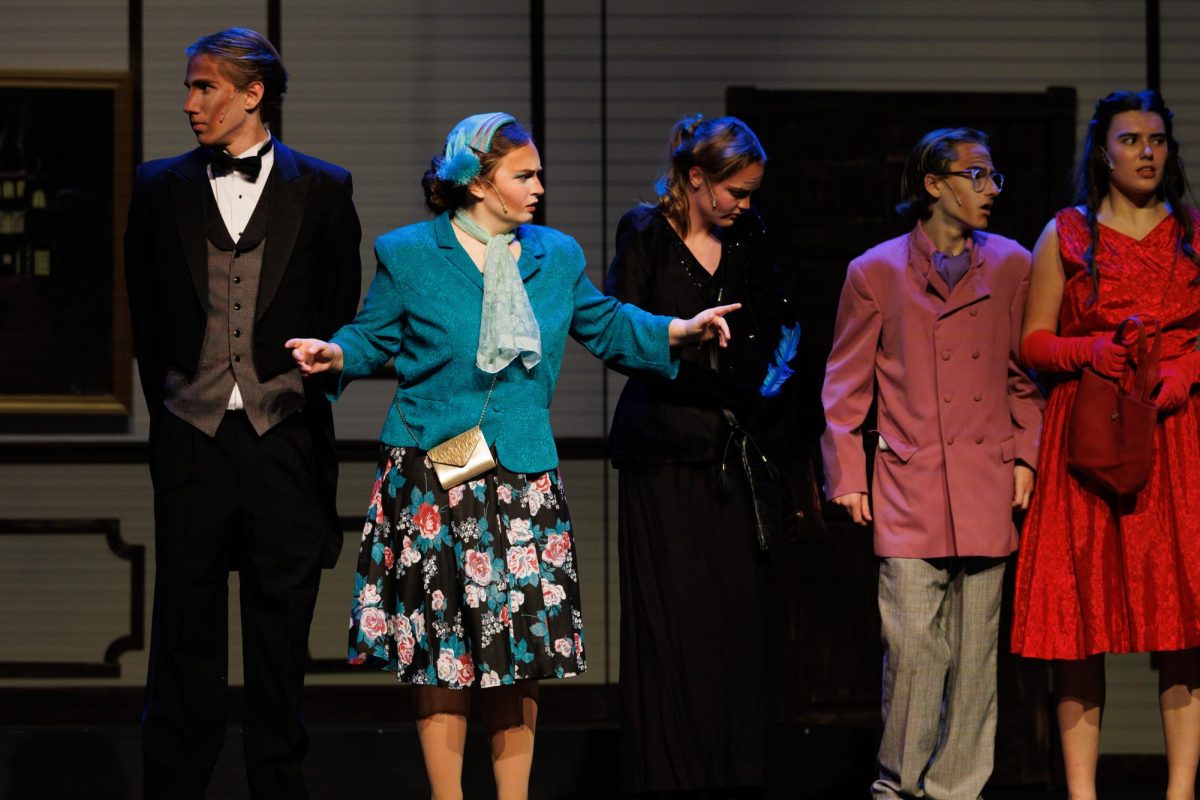Schools are never void of sound. In every classroom, there is a symphony of chatter or laptop keys clicking. In the hallways, there are light footsteps or soft whispers of students rushing to get to their next class. Noise, whether it be productive, social or otherwise, is everywhere. Through this noise, students are able to connect with their peers on a different level than they would outside of school. Even though students are constantly talking to each other and forming new bonds, they are not getting to know the people that provide them with the opportunities to do so.
It is not that students are completely oblivious to the adults in their school, nor is it that the adults do not care to know the students. The natural boundaries of administrative positions sometimes do not allow for personal relationships with the student body.
Eric Hamilton has been working in education for 25 years, serving as a teacher in Waukegan and assistant principal in Lake Zurich before coming to ACHS as the principal. While overseeing an entire high school has a wide variety of responsibilities, he takes the time to interact with his students throughout the week. Before the weekend, for example, he participates in high-five Friday and stands in the hallways playing songs like ‘Friday’ by Rebecca Black through a speaker to encourage the students’ good moods. On the more formal side, the Sequoit Pride Main Event raffle includes a “principal for a day” prize, in which students can shadow Hamilton and get a peek at what a semi-regular day looks like for him behind closed doors.
“That can sometimes be the struggle of the job,” Hamilton said. “The paradox of education is [that] the higher [up] you get, the further away from the classroom you are.”
Hamilton’s sentiment seems to ring true for all schools, but the District 117 administration takes extra steps to forge relationships between themselves and the students. The apparent divide between students and those who oversee them is not the fault of one specific party. Students may simply not pay extra attention to those they do not interact with on a daily basis, or they may not consider that anyone is there at all. While students may not know every administrator by name or face, they are still in every student’s corner.
At this school year’s freshman orientation, the incoming freshmen learned several new partner handshakes to familiarize them with peers that they may have not previously met or at least gotten to know. Teachers, board members and administrators were also made to learn the handshakes in order to show the students that they want to get to know them and are willing to do so in a fun, more nontraditional method to make a better connection with them.
On a higher level within the district, people like superintendent Jim McKay advocate for the District 117 students, though he may not have the time to be as visible. Nonetheless, McKay is ready to take on any issue that is presented to him.
“I will take absolutely anything that somebody wants to bring to me,” McKay said. “If someone has taken their time to contact me, it’s my responsibility to deal with whatever their issues are. I do not care how small they are. At nine o’clock, I’m talking to the fire chief about legislation. At three o’clock, I’m talking to the Antioch village trustees about recreational marijuana and the impact on our kids. That’s the scope of this job.”
Students may see them as big shadows that periodically walk into classrooms or stand in the hallway watching them like hawks, but administrators are real people that work to make sure that every child gets the best education they can get.
“There are a lot of things that happen behind the scenes that students will never know [about],” Hamilton said. “And that’s ok… I’m not in the job for praise. My job is to be the number one cheerleader for you guys, because it ultimately is about your success.”
In order to be the best for their schools, administrators step away to ensure that they are doing the most they can do. Students may not seem curious about the adults that watch over them, but students may also understand that those people are in charge for a reason and they do what they can for the success of every child in the building.
The divide between students and administrators is not one that harms the school environment, but rather works to build it. Students may not know about a lot of events that happen behind the scenes but the students’ behaviors and accomplishments show that whatever is being done to lead them is something worth the distance.










